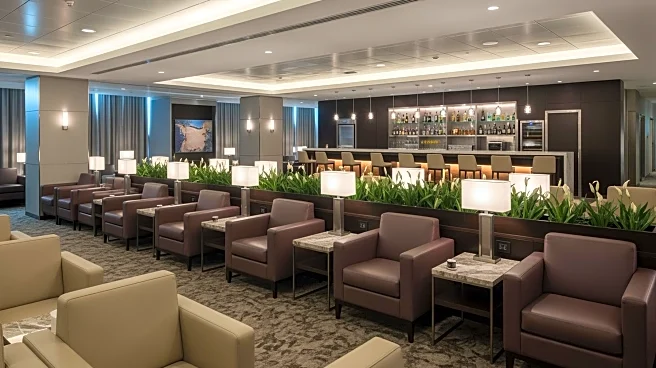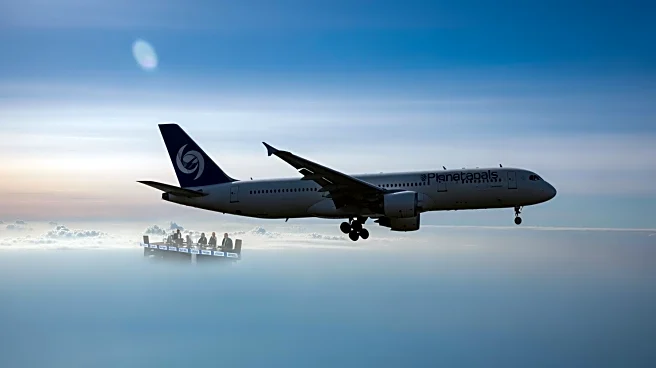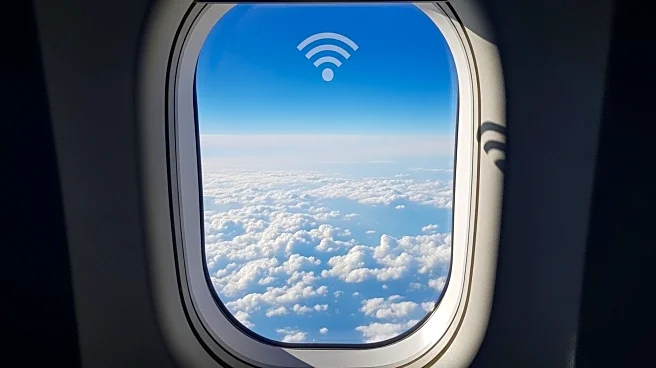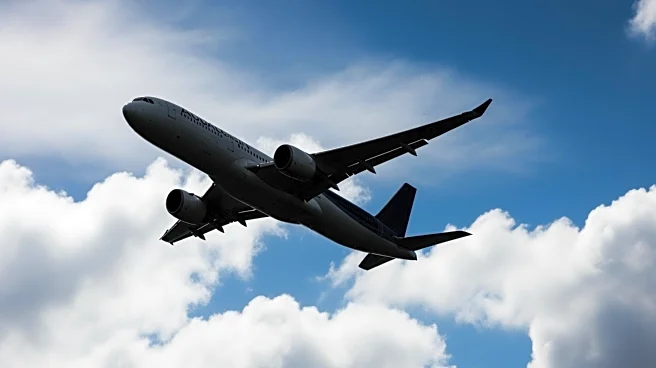What's Happening?
Southwest Airlines is exploring significant changes to its business model, including the introduction of airport lounges and premium seating options. The airline aims to enhance its product offerings and increase revenue opportunities, projecting up to $1
billion in additional earnings from extra legroom seats starting January 2026. CEO Bob Jordan has indicated that these changes are part of a broader strategy to improve the Rapid Rewards loyalty program and expand co-brand economics. The airline is also considering long-haul international destinations, building on existing partnerships with Icelandair and EVA Air.
Why It's Important?
The potential introduction of airport lounges and premium seating by Southwest Airlines marks a strategic shift aimed at capturing higher revenue from business travelers and frequent flyers. This move could position Southwest more competitively against other major airlines that already offer such amenities. The projected $1 billion boost from premium seating reflects the airline's focus on diversifying its revenue streams amid challenges like fluctuating travel demand due to government shutdowns. Enhancing the loyalty program could also strengthen customer retention and brand loyalty, crucial for long-term growth.
What's Next?
Southwest Airlines plans to launch extra legroom seats with assigned seating in January 2026, which could attract a new segment of travelers seeking comfort and convenience. The airline's exploration of long-haul international destinations may lead to expanded route offerings, potentially increasing its market share in international travel. Stakeholders, including frequent flyers and business travelers, may respond positively to these enhancements, while competitors might adjust their strategies to maintain market position.
Beyond the Headlines
The shift towards premium offerings by Southwest Airlines could influence broader industry trends, encouraging other low-cost carriers to consider similar upgrades. This evolution may also raise questions about the balance between maintaining low-cost operations and offering premium services, potentially impacting pricing strategies and customer expectations.














